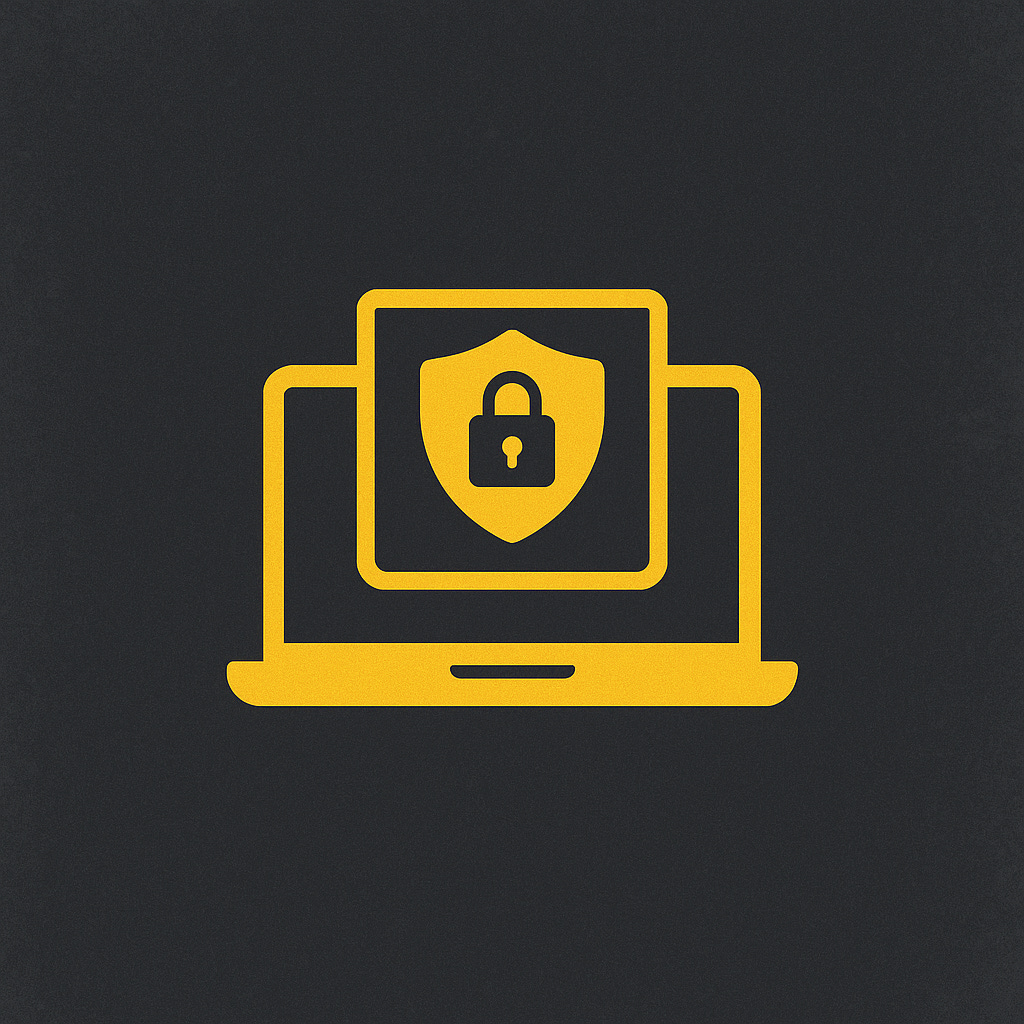Sign Up for Any Website Without Exposing Personal Info
Because Your Data Shouldn’t Be Their Business
Step 1: Hide Your Email
For the past decade, I’ve maintained various personal email accounts—typically from free providers—as well as private email accounts hosted on paid services that offer enhanced privacy, aliases, and custom domain support. The truth is, the type of data being sent to and from a free consumer Gmail account really shouldn’t be going there. But for many of us, it’s a risk we feel forced to take.
Free email services like Gmail, Outlook, Yahoo, Hotmail, MSN, AOL, and iCloud are convenient and widely used for general communication and service registrations. However, the fact that they are free comes at a significant cost: severely limited privacy and security. When it comes to technology, “free” often means you—and your data—are the product.
This isn’t just another article blaming data brokers for everything. The uncomfortable truth is that long before the internet, phonebooks exposed personal data across the country. The difference now is that the internet has made that data globally accessible. The bigger concern is how cybercriminals leverage this easily available information—often sourced from data brokers—to select and target their victims.
A promising free privacy-focused email option is AtomicMail, which offers up to 10 aliases, 4 inboxes, and customizable security settings. However, as it's currently in beta (a software development phase where features may be unstable or incomplete), this excellent service may not yet be fully available to the public.
So, let’s talk about how to establish a private email address (assuming you don’t have the budget, time, or technical skills for a self-hosted email server):
Each of these providers offers privacy-enhanced email setups, allowing you to use custom domains, encryption keys, and email aliases for greater control and confidentiality.
Step 2: Hide Your Payments
Virtual cards are the best way to protect your real financial information and bank account. They allow you to generate disposable or masked card numbers that can’t be used to trace back to your primary account.
To take it a step further, consider obscuring your billing address by using a virtual address or a P.O. Box when registering the card. One excellent service for virtual cards is Privacy.com, which enables you to create cards for specific merchants and set spending limits.
Step 3: Create a Pseudonym Profile
To keep accounts truly anonymous, generate a fake name, unique username, and alias specifically for the service you’re signing up for. Use a password manager to store these details and keep your identities separate. Avoid using personal details like your real name, birthday, or phone number.
Here’s what to set up:
A fake name (first + last)
A unique username (avoid handles you use elsewhere)
A strong, random password
An email alias tied to that pseudonym (e.g., via ProtonMail or Tutatona)
This gives you a clean identity for each new sign-up without exposing any real information.
Step 4: Sign Up Anonymously
Before you sign up, use a VPN or Tor to hide your IP address. Use the private email from Step 1, the virtual card from Step 2, and your alias from Step 3. Only fill in what’s required—skip anything optional or use made-up details. Use a strong password and save it in a password manager so you can stay organized and secure.
Final Thoughts
In a world where your personal information is constantly being collected, shared, and sold, signing up for websites and apps anonymously isn’t just about privacy—it’s about control. By following these four steps—hiding your email, masking your payments, creating a pseudonym, and using tools like VPNs—you regain that control and reduce your exposure to tracking, scams, and identity theft.
Privacy doesn’t have to be complicated. With a few smart tools and habits, you can protect your identity, keep your data to yourself, and move through the digital world on your own terms.
Your privacy is your power—use it wisely.


